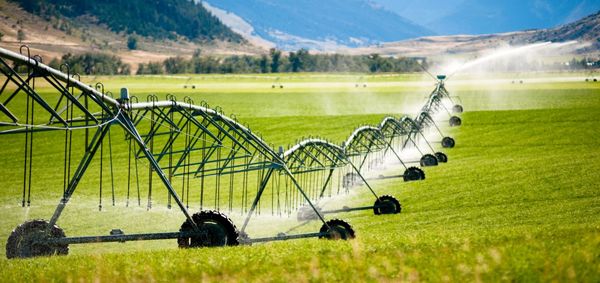
The rainy year and the loss of alternative cultivation eliminated the decline in wheat production
The vice president of the National Wheat Farmers Association of Iran said that supplying the country’s water demand in the wake of year-round rains combined with the loss of alternative wheat crops with vegetable and queue crops has led to eliminated the discussion of reducing wheat production.
Referring to the discussions on reducing the area under wheat cultivation, Ali-e-Ali Imani stated: “The prevailing climate of the country since the beginning of the crop year has so far met the water demand of the country’s wheat fields and despite the reduced level of crop production forecasts for the year.
Imani emphasized that the forecast for cultivation was 6 million hectares, adding that there are currently two million hectares of irrigated wheat and four million hectares of rainfed wheat.
He added: “We have come to meet the water demand of rainfed wheat, and it is possible to supply water from groundwater sources if water is not supplied by the sky.”
According to Imani, the overall conditions are adequate to supply the water needed for wheat cultivation in the country, which has confirmed the continuation of wheat self-sufficiency for the coming year.
He cited other reasons for the decline in annual wheat production as the loss of alternative crops such as vegetable crops and queues for farmers.
The vice president of the National Wheat Farmers Association of Iran said that the damage farmers had to replacing irrigated wheat with crops such as tomatoes made them less profitable in the agricultural year and started to grow wheat again.
Imani noted: Of course, wheat yields are modest this year due to high production costs, but farmers prefer this risk-free profit to the potential loss of vegetable and vegetable crops.



